News
Issues affecting the wine industry and the wine you drink
-
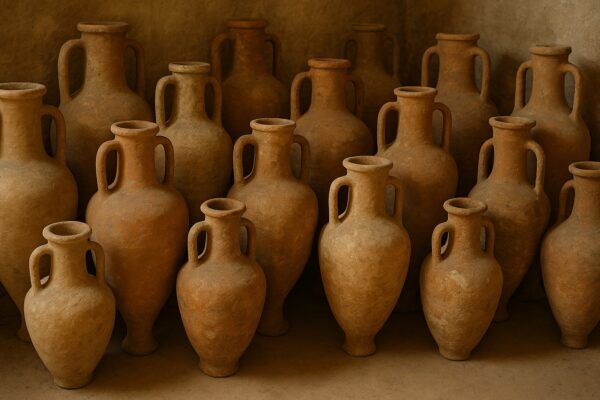
How Science is Uncorking the Secrets of Early Winemaking
A new paper, Advancement and Innovation in Ancient Wine Research by Emlyn Dodd and Dimitri Van Limbergen offers a comprehensive look at how modern archaeological and scientific techniques are transforming our understanding of ancient wine. For wine enthusiasts today, several aspects of the research are particularly compelling, as they provide not only historical context but…
-
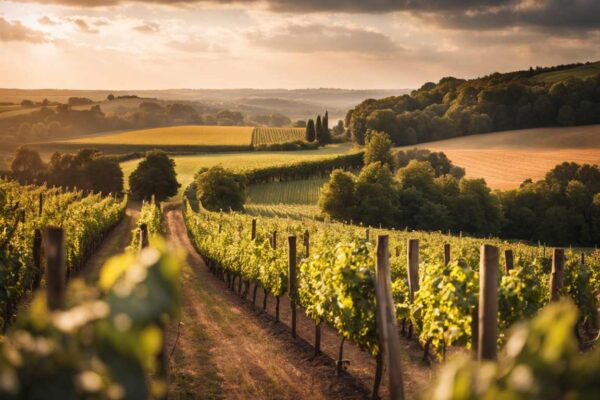
Financial Struggles Mount for English Wineries Amid Market Pressures
DrinkRetailing is reporting that a growing number of English wine producers are facing financial strain and seeking to sell, according to Chris Spofforth of Savills, a leading estate agency specialising in vineyards across Kent, Sussex and Surrey. He noted that while more opportunities now exist for buyers, mature wine businesses are proving harder to sell…
-

Gen Z Drinking More Alcohol
Despite widespread cost-of-living pressures and a global trend towards alcohol moderation, younger legal-drinking-age consumers, particularly Gen Z, are increasingly re-engaging with alcohol, according to IWSR’s Bevtrac consumer sentiment tracker. Although overall spending on alcohol has declined across leading global markets, Gen Z’s participation has notably risen, challenging the belief that this generation is turning away…
-

UK Tariffs Impact Spanish Wines
Reuters is reporting that Spanish red wine exports to the UK have dropped by 7.5% in value during the first four months of 2025, largely due to new British tariffs based on alcohol content. These changes, introduced in February, have hit Spanish wines hardest, especially reds, which typically contain more than 12.5% alcohol due to…
-

Tensions Between Wine Growers and Supermarkets
International Supermarket News reports on rising tensions between growers and supermarkets. It also highlights increasing cost of wine and shows how much more expensive it is in the UK compared to France. Aldi France has come under fire after its national wine buyer claimed wines priced as low as €1.99 are still profitable for growers….
-

Trade Associations Raise Urgent Concerns Over EPR Base Fees for Glass Packaging
Drinks Retailing is reporting that ahead of the announcement of the Extended Producer Responsibility (EPR) base fees this week, a coalition of trade associations has written to Steve Reed, the Secretary of State for Environment, Food and Rural Affairs, outlining significant concerns, particularly regarding the impact on glass packaging. The group, which includes the Scotch…
-

Alcohol Doesn’t Completely Evaporate During Cooking
The Drinks Business has an interesting article that challenges the common belief that alcohol completely evaporates during cooking. While it’s true that heat causes alcohol to evaporate, the process is more complex than often assumed. Scientific tests show that depending on the cooking method and duration, a significant amount of alcohol can remain in food….
-

Wine e-Commerce on the Rise
I noticed a trend, at the London Wine Fair, that producers are increasingly selling directly via their own and wine platforms, and this shift is supported by recent data from IWSR, which projects that the global online alcohol market will exceed $36 billion by 2028. According to IWSR’s Ecommerce Strategic Study, covering 18 key markets…
-

The Real Reasons Why Gen Z Drinks Less
The new free report by Rabo Research explores why Generation Z appears to be consuming significantly less alcohol. Although this report is based on data from the United States, its insights are globally relevant. The cultural, technological, and economic forces shaping Generation Z’s drinking habits are not confined to national borders. Similar patterns are observable…
-

Wine in Pubs is an Opportunity
I don’t visit UK pubs all that often, but when I do, I rarely find the wine experience enjoyable. Over the past year alone, I’ve been served red wine that had been stored next to warm lights, had small glasses filled nearly to the brim on multiple occasions and even came across a pub that…
-

Risks Undermining EPR Goals
At the London Wine Fair on 21 May 2025, Harshal Gore from PackUK, an arm of Defra, provided an update on the ongoing developments around Extended Producer Responsibility (EPR). While acknowledging EPR as strategically sound, Gore admitted the scheme has suffered repeated setbacks. He pointed out that 2025 has marked significant progress, with the establishment…
-

Global Wine Market Faces Long-Term Decline Amid Shifting Consumer Trends
Wine Australia’s latest Market Bulletin explores a significant global trend in the wine industry: a consistent and widespread decline in wine consumption over recent years. Between 2018 and 2023, global consumption dropped by around 3.1 billion litres, equivalent to approximately 31 billion standard glasses of wine. This pattern of reduction is not limited to one…
-

Potential Impacts on Wine Trade Due to Tariffs
The new working paper (PDF) examines the projected impact of a US-initiated global tariff hike on the international trade of wine, beer and spirits, set to begin on 8 July 2025. Authored by Kym Anderson and Glyn Wittwer, of the Wine Economics Research Centre, University of Adelaide, the study uses a detailed global model of…
-
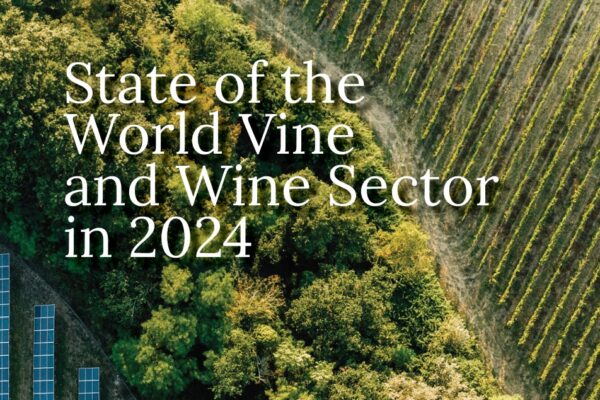
Global and UK Wine Market Insights
The International Vine and Wine Organisation’s new report on the global vine and wine sector in 2024 outlines a challenging year shaped by ongoing climatic and economic pressures. Worldwide vineyard surface area continued to shrink for the fourth consecutive year, now standing at 7.1 million hectares. Major vine-growing countries such as Spain and France saw…
-

Learn About No Alcohol Wine
New research on Dealcoholized wine: Techniques, sensory impacts, stability, and perspectives of a growing industry“ is a detailed review examining the production, sensory implications, stability concerns and future prospects of dealcoholised wine. Growing interest in dealcoholised wine is largely driven by health-conscious consumers, social trends encouraging reduced alcohol intake, and legal considerations such as road…
-

Independent Wine Retailer Trends
There’s an interesting article at Drinks Retailing News on independent wine retailer trends. Wine remains a key focus for independent UK drinks retailers, with France and Italy once again ranked as the most popular countries of origin, followed by Spain. Areas of growing interest have shifted, with Greece topping the list, closely followed by Portugal,…
-

Selling by Glass vs Bottle, Due to EPR
An article by Freddie Joosten in Drinks Retailing News outlines the upcoming Extended Producer Responsibility (EPR) scheme, which takes effect in April 2025 and will change how wine and spirit businesses handle packaging waste costs. Under EPR, companies must pay the full net costs of collecting and recycling all packaging types they use. This includes…
-
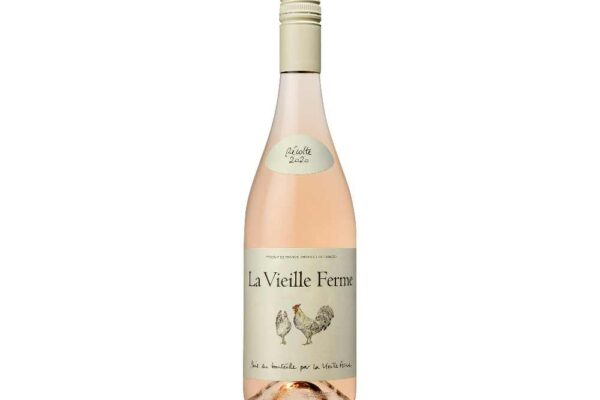
Drinks Retailing Trends Report
The latest Drinks Retailing Trends Report offers a comprehensive snapshot of the UK wine sector, with a particular focus on the top-selling wine brands and emerging trends. Among still wines, Yellow Tail now holds the top position with sales of £222.8 million, marking a 9.8% increase over the previous year. It overtakes Hardys, which experienced…
-

UK Vineyard Visits
Wine tourism is rapidly becoming a major trend in UK travel, with over 1.5 million visits to vineyards and wineries recorded in 2023, marking a 55% increase from 2022. In response, WineGB has released the Visit a Vineyard Guide 2025 (pdf), a comprehensive resource promoting the diverse and distinctive experiences available across the country. There…
-

How the Wine Industry is Evolving to Stay Relevant to Gen Z
IWSR is reporting that wine markets are increasingly reliant on drinkers aged 55 and above, as younger legal drinking age consumers are drinking wine less frequently. In Australia, for instance, the number of 18–24-year-olds consuming wine at least monthly halved between 2010 and 2023. This trend presents a challenge for wine producers trying to engage…
Did You Know?
In 2024, the UK was the second-largest export market for Champagne globally, after the United States. More
Local UK bottling of wine represents about 40% of imported wine. More
Around 1% of people, typically severe asthmatics, have a sulphite sensitivity. More
A large 80% of Australian wine arrives in the UK in bulk. More
Only about 0.02% of Australia’s landmass is dedicated to vineyards. More
In 2024, New Zealand produced only 1% of the World’s wine. More
In 2024, the US imported 37% of World production of Pinot Grigio and the UK was is in second place at 27%. More
In 2024, the UK was South Africa’s largest export market, with 40% of total exports. More
In 2024, the United Kingdom imported 22.3 million bottles of Champagne, a decline of 12.7% compared to the previous year. More
Larger Champagne producers source grapes from as many as 80 different vineyards throughout Champagne. More
Champagne houses and growers collectively produce around 300 million bottles annually. More
In 2025, the Champagne region was home to about 2,124 Champagne houses and approximately 19,000 growers. More
Provence is one of the leaders in the conversion to organic viticulture, with 61% of vineyards certified. More
8% of the South Africa’s grape production is Fairtrade-certified. More
Up to 80% of wine aroma compounds come from grape skins. More
Glycerol is the third-largest component of most dry wines after water and alcohol which is why they so often feel ‘smooth’ or ‘silky’ in the mouth. More
Humans are more than 400 times more sensitive to bitter than sweet. More
Humans can detect the earthy molecule geosmin at about 100 parts per trillion and camels are so sensitive to it they can locate damp ground from roughly 50 miles away. More
During the phylloxera crisis of the nineteenth century, 90% of Europe’s vineyards were destroyed. More
In 2025, for La Vieille Ferme, also known as “The Chicken Wine”, sales surged by 49.4% to £110.8 million. More
In 2025, in the UK, Yellow Tail held the top position with sales, marking a 9.8% increase over the previous year. More
In 2024, the UK was the second-largest wine importer in volume and value. More
In 2024, the UK was the fifth-largest wine-consuming country globally. More
In 2025, global wine consumption continued its downward trend, estimated at 214.2 million hectolitres, the lowest since 1961. More
In 2025, online alcohol sales had a 20% increase in value over five years. More
In 2025, the number of UK vineyards rose to 1,104 and wineries to 238, with land under vine expanding to 4,841 hectares, a 510% increase since 2005. More
Moët Hennessy alone commands nearly 46.66% of the Champagne market, with the top three producers together holding about 61%, and the top five controlling over 72%. More
In 2024, the Champagne market was worth roughly €3.92 billion. More
In the marketing year 2023/24, white wine accounted for roughly 55% of Spain’s output, whereas red and rosé together made up about 45%. More
In the UK, 92% of wine is consumed within 48hrs of purchase. More
The majority of wines, 95%, use commercial rather than wild yeast. More
Between 0.5 and 10 litres of water, per litre of wine, are needed for cleaning during winemaking. More
Machine harvesting can achieve up to 100 tons of fruit per day vs 1 ton for a human. More
In Germany, 2025 was the smallest wine vintage since 2010. More
The majority of vineyards, 90% in 2019, are farmed with heavy chemical interventions. Only 6% are organic. More
90% of low and coastal areas in south Europe and California will no longer be able to produce good wine by the end of the century. More
Tools
Recent
-

The Chardonnay Masters 2025
-

How Fine Wine Tastes Have Changed
-
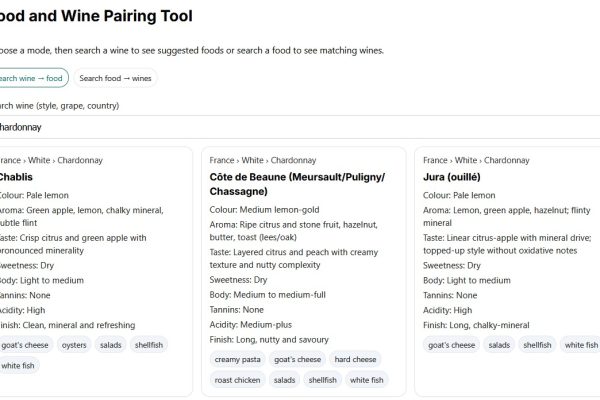
New Food & Wine Pairing Tool
-
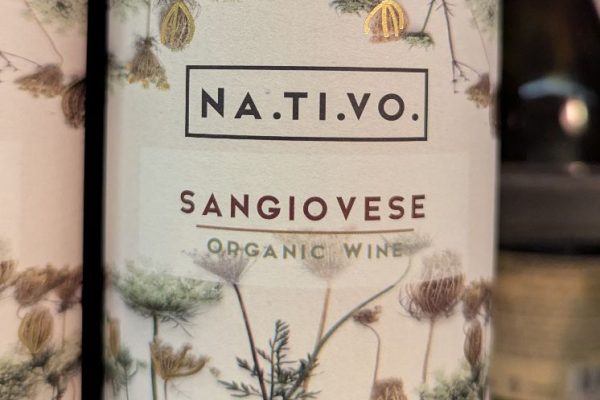
NA.TI.VO Sangiovese
-
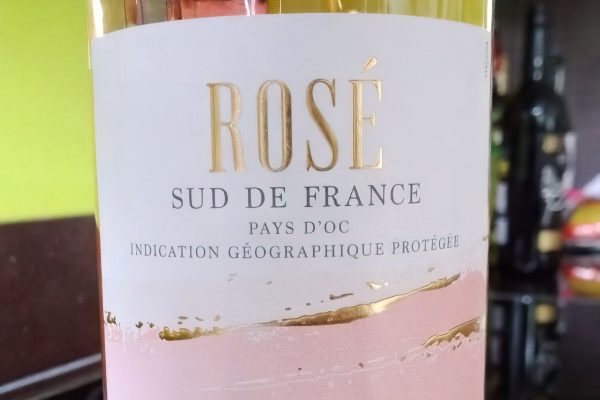
Sud de France Label Will be Banned
-
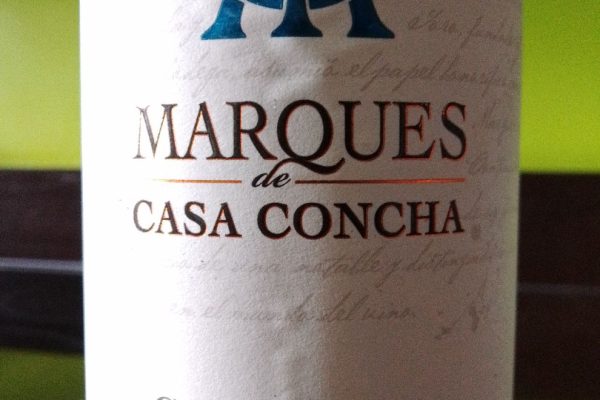
Marques de Casa Concha Carménère
-

Marcillac ‘Lo Sang del Pais’
-

Irish Wine Warnings Spill Over to the UK
-
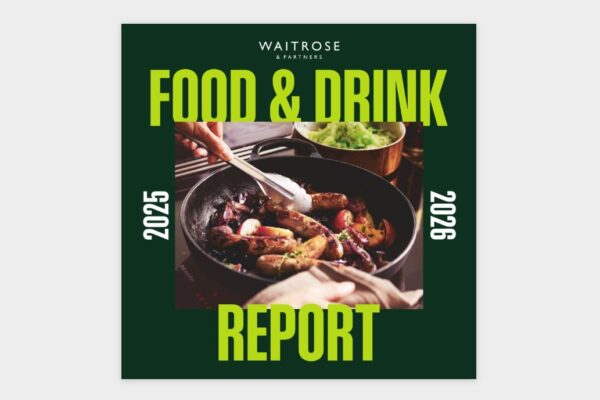
Waitrose Insights into How Wine is Evolving
-

Vergelegen Millrace Red
Tags
25% Off Wine Aldi Amarone Argentina Articles Asda Australia Award Awards25 Bibendum Bizarre Blog Books Bordeaux Cabernet Sauvignon Carménère Cava Champagne Chardonnay Chenin Blanc Chile Climate Change Coop Decanter Duty English Wine EPR Events Fairtrade Food France Furmint Germany Glossary Greece Health Hungary Italy IWSC Jeroboams Laithwaites Legislation Liberty Wines Lidl Low Alcohol M&S Majestic Malbec Marketing Merch Merlot Morrisons Natural News New Zealand Non-Alcoholic Ocado Old Vine Organic Past Tastings Pinotage Pinot Noir Port Portugal Primitivo Prosecco Regulations Reviews Ribera del Duero Riesling Rioja Ripasso Rose Sainsbury's Saperavi Sauvignon Blanc Shiraz Sicily South Africa Spain Sparkling Supermarkets Sustainable Tax Terroir Tesco The Wine Society Unrepresented USA Valpolicella Vinho Verde Virgin Wines Waitrose Wanderlust Welsh Wine What to Buy Wine Art WineGB WIne Glasses Zinfandel



